Microservices architecture has become popular for its ability to break down large applications into manageable, independent services. Spring Boot, a framework from the Spring ecosystem, simplifies the development of microservices by providing a comprehensive set of tools and features.
Why Spring Boot for Microservices?
- Rapid Development: Spring Boot simplifies setup, configuration, and development, allowing developers to focus on business logic.
- Embedded Servers: Spring Boot applications can run on embedded servers like Tomcat, Jetty, or Undertow.
- Spring Ecosystem Integration: Seamless integration with other Spring projects like Spring Cloud, Spring Data, and Spring Security
- Auto-Configuration: Spring Boot’s auto-configuration feature automatically configures your application based on the dependencies you add.
Setting Up a Spring Boot Microservice
1. Create a New Spring Boot Project
- Use Spring Initializer to generate a new Spring Boot project. Select dependencies like Spring Web, Spring Data JPA, and any database drivers you need.
2. Define the Model
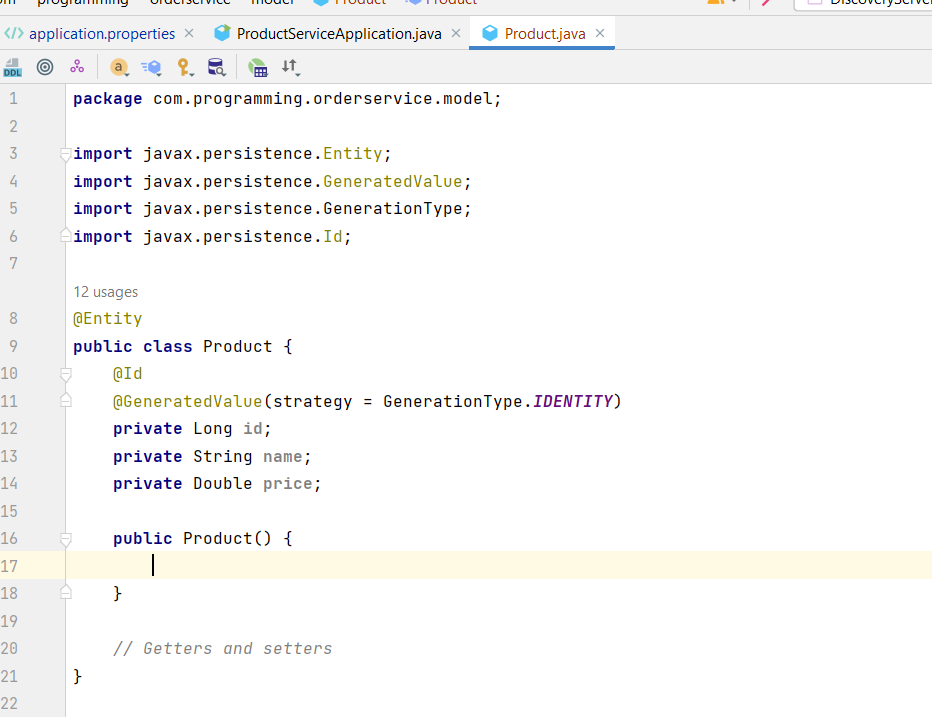
3. Create the Repository
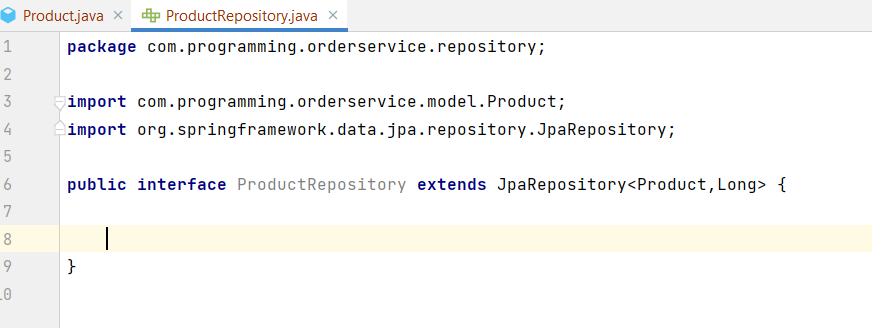
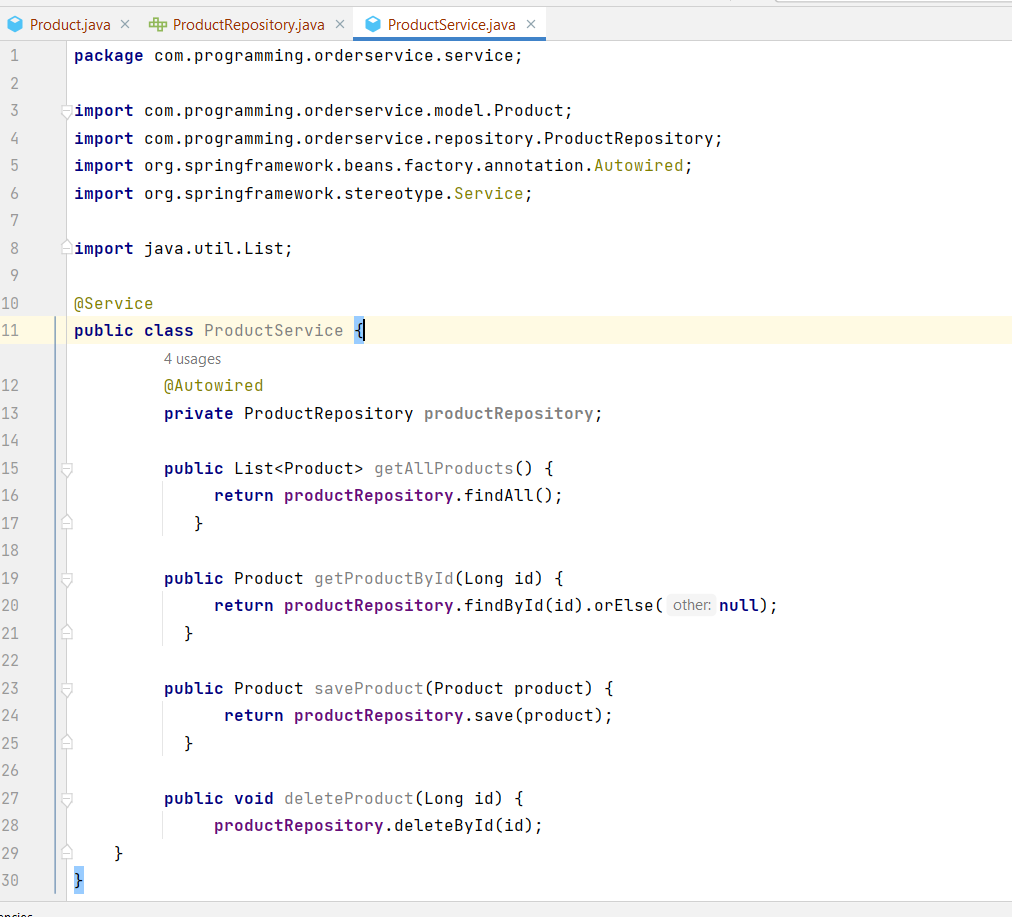
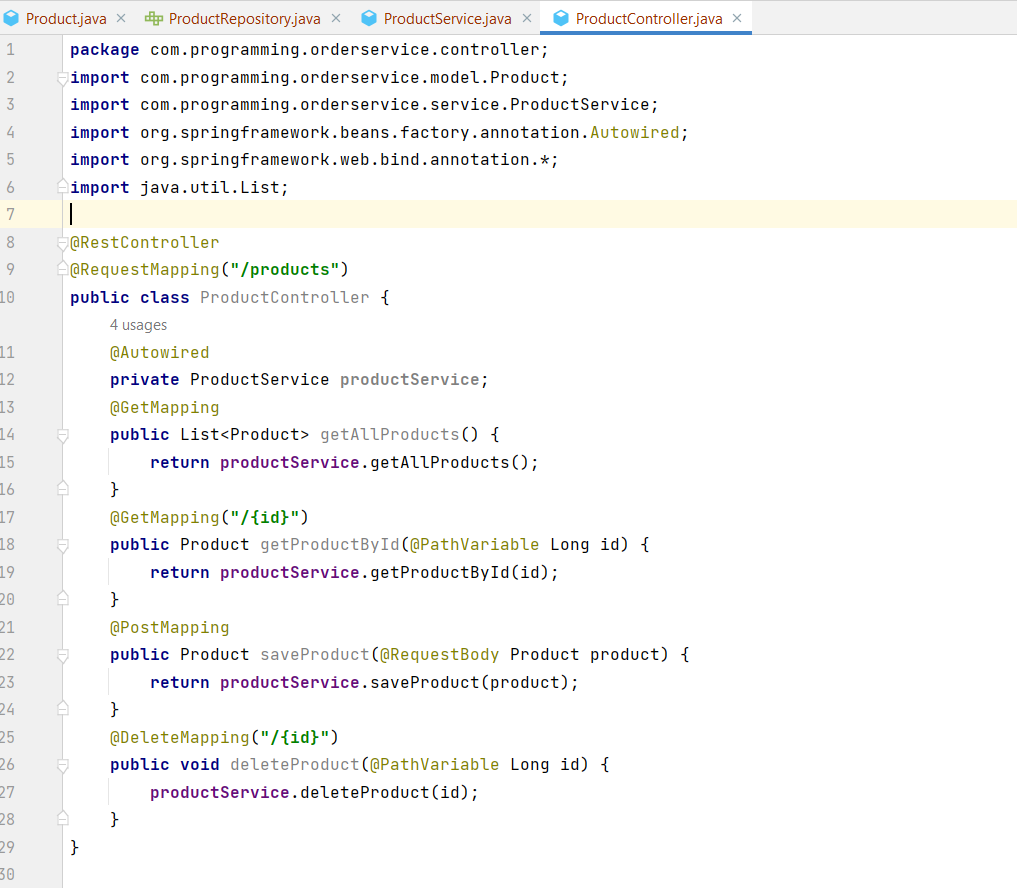
1. Eureka Server for Service Discovery
- Add the spring-cloud-starter-netflix-eureka-server dependency.
- Configure the Eureka Server in application.properties.
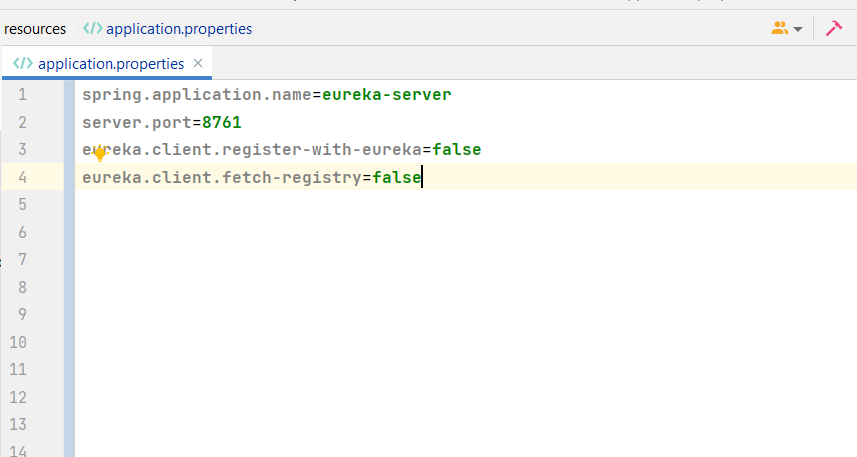

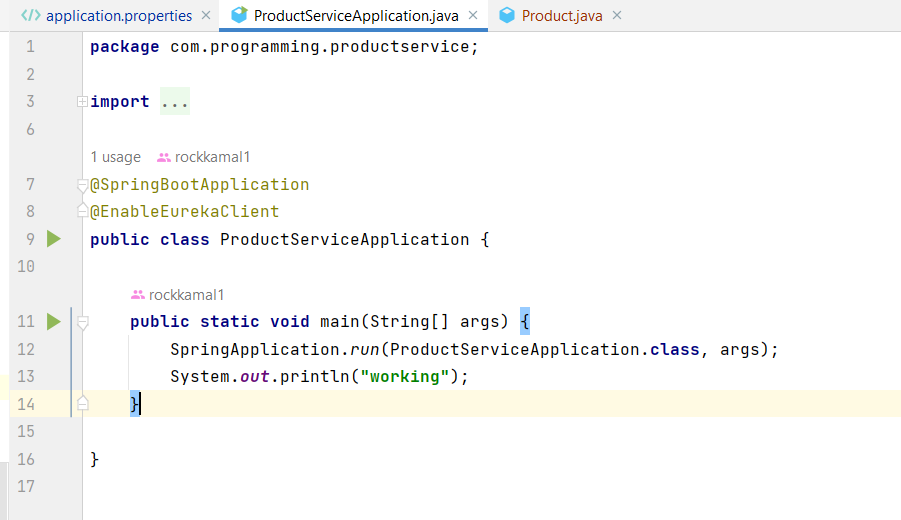 3. Register Microservices with Eureka
3. Register Microservices with Eureka
- Add the spring-cloud-starter-netflix-eureka-client dependency
- Configure each microservice to register with Eureka.

- Add Dependencies
- Add spring-cloud-starter-gateway and spring-cloud-starter-netflix eureka-client.
- Configure the Gateway

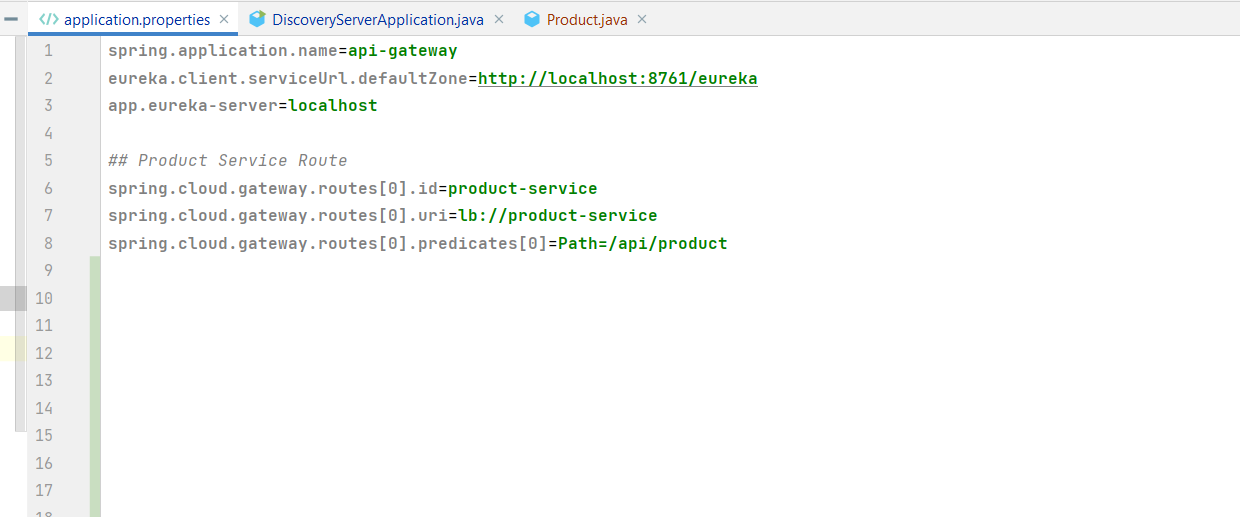
Spring Boot provides a powerful and flexible framework for building microservices. By leveraging the Spring ecosystem, you can create scalable, resilient, and maintainable applications. The integration with Spring Cloud adds essential features like service discovery and API gateways, making it easier to manage microservices.













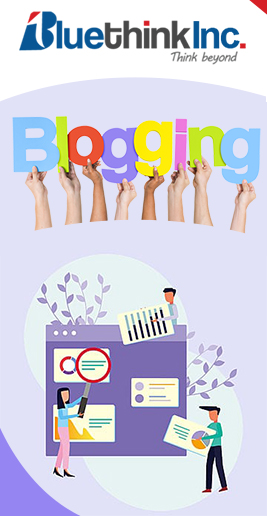
bluethinkinc_blog
2024-08-07